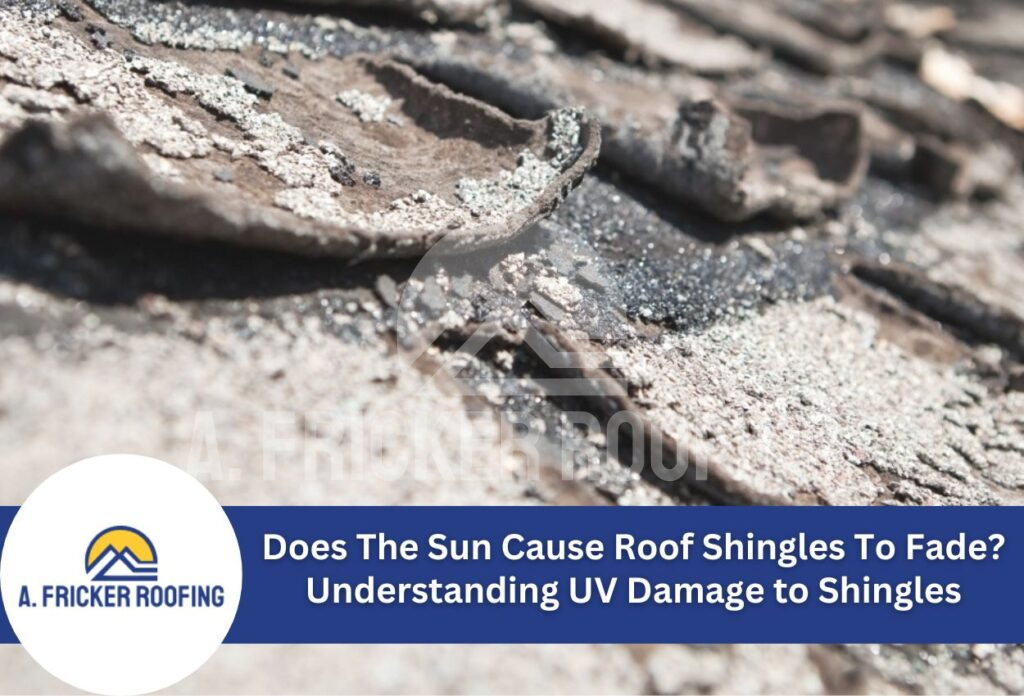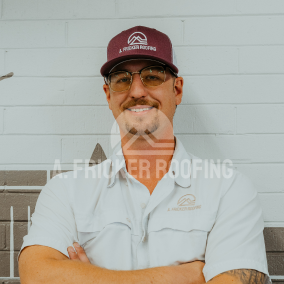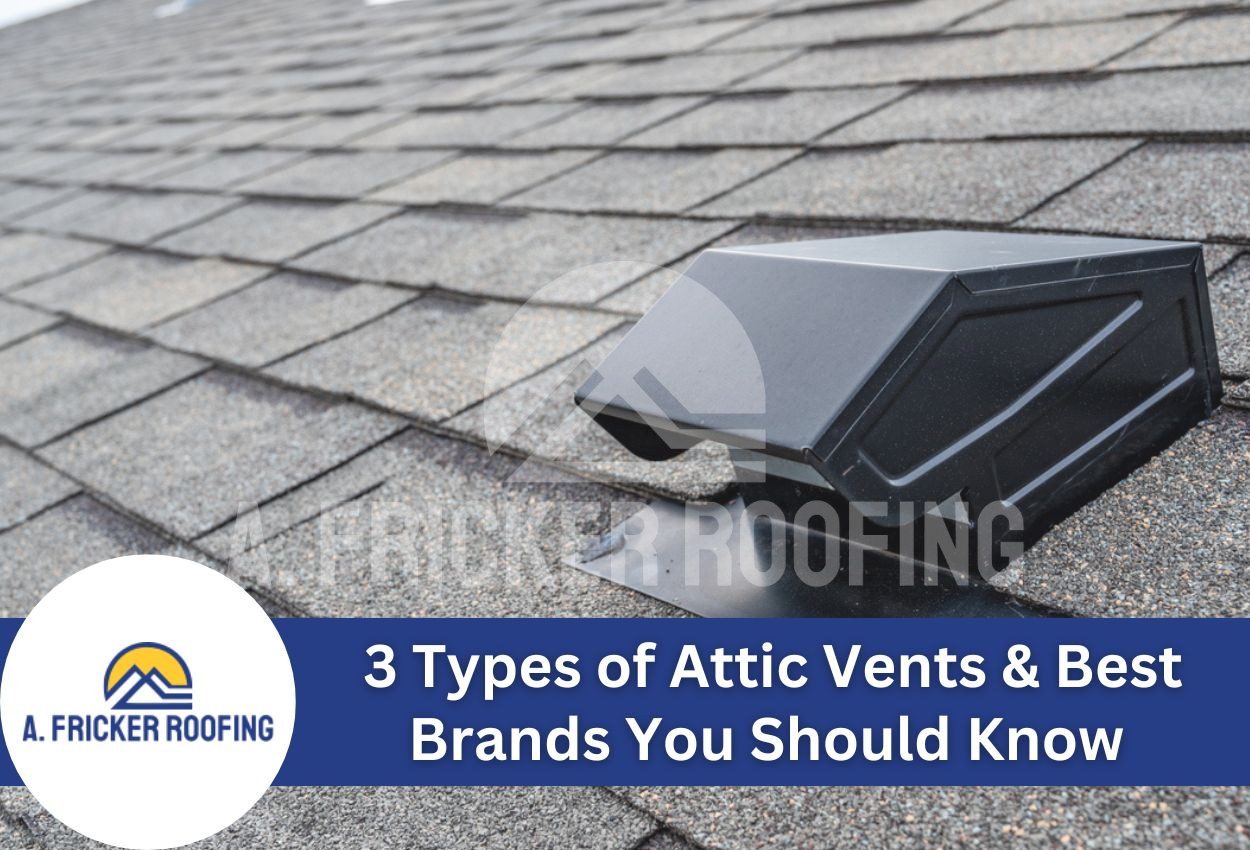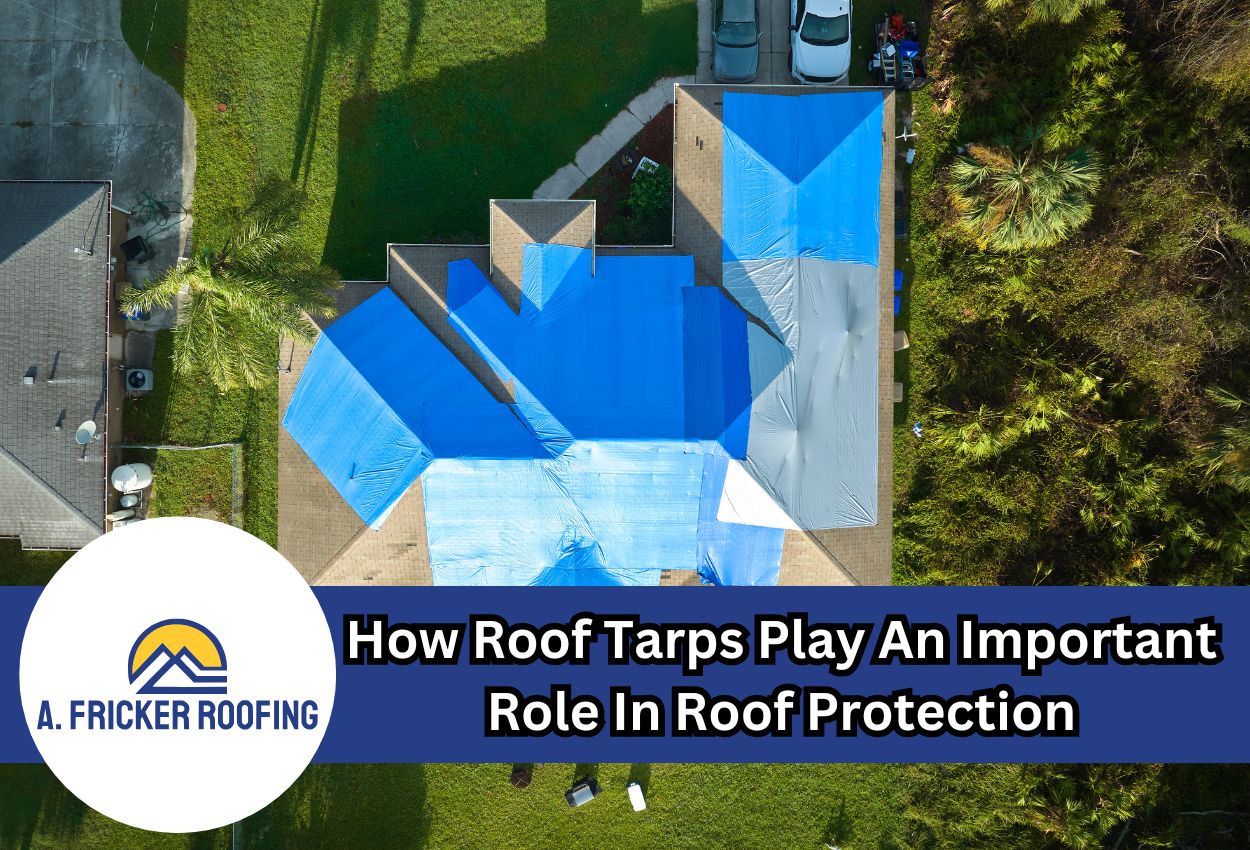Does The Sun Cause Roof Shingles To Fade? Understanding UV Damage to Shingles

Tulsa homeowners often notice their once-vibrant roof shingles gradually losing color and wonder what’s causing this change. The culprit? The very sunlight that brightens our Oklahoma days. The sun causes roof shingles to fade over time, particularly in areas around Tulsa, where summer temperatures regularly climb into the 90s with abundant sunshine throughout the year.
UV radiation works relentlessly on roofing materials, breaking down the molecular bonds in asphalt shingles. This process leads to noticeable discoloration, granule loss, and eventual deterioration of the protective qualities your roof provides. The dark pigments in shingles absorb sunlight, which accelerates the aging process and causes the material to become brittle and less effective at protecting your home.
Oklahoma’s climate presents unique challenges for roofing materials. With approximately 230 sunny days per year in Tulsa, local roofs withstand significant UV exposure. This contributes to faster fading and deterioration compared to homes in less sunny regions. Understanding how the sun affects your roof is the first step toward implementing effective strategies to prevent fading, extend your roof’s lifespan, and maintain its protective capabilities.
Understanding UV Radiation and Its Effects on Asphalt Shingles
UV radiation is the invisible enemy of roofing materials, silently degrading your shingles day after day. When sunlight hits your roof, ultraviolet rays attack the asphalt binder that holds the shingle components together. This process, called photodegradation, breaks down the petroleum-based oils in the asphalt, causing them to evaporate and leaving the shingles brittle and susceptible to damage. As this occurs, the protective granules on the surface become loose and eventually wash away, exposing more of the asphalt to further UV damage.
In Tulsa’s climate, both UVA and UVB rays contribute to roof deterioration, but they do so differently. UVA rays, which make up about 95% of the UV radiation reaching your roof, penetrate deeper into the shingle material, causing long-term structural deterioration. UVB rays, though present in smaller amounts, are more energetic and cause more immediate surface damage, including the fading of color pigments. During Tulsa’s hot summers, this combination of intense UV exposure and high temperatures accelerates the chemical breakdown in asphalt shingles.
In general, south and west-facing roof slopes in Tulsa typically show UV damage sooner than north-facing sections because they face more direct sunlight throughout the year. This uneven exposure can lead to different parts of your roof aging at different rates.
Signs Your Roof Is Suffering From Sun Damage
Identifying sun damage early can save Tulsa homeowners from expensive premature roof replacements. The most obvious indicator is color fading. Shingles that were once deep black or brown may appear washed out, gray, or bleached. This discoloration isn’t merely cosmetic — it signals the breakdown of protective compounds within the shingles. Look for inconsistent coloring across your roof, particularly more severe fading on south and west-facing slopes that receive the most intense Oklahoma sunshine.
Granule loss is another telltale sign of UV damage. These protective mineral particles should remain embedded in your shingles, but sun exposure causes them to loosen and wash away. Check your gutters and downspouts after rainstorms — a substantial amount of granules indicates advancing sun damage. Additionally, watch for curling, cupping, or buckling at shingle edges, which occurs as UV rays dry out the asphalt and cause uneven shrinkage.
In Oklahoma, roof sun damage can be surprisingly rapid. Standard asphalt shingles typically begin showing visible fading within five years of installation. After 10 years of Tulsa sun exposure, many roofs exhibit significant granule loss and edge curling. Premium architectural shingles generally resist these effects longer, but even they succumb to our intense summer sun eventually. The combination of high UV index ratings and summer temperatures regularly exceeding 90 degrees Fahrenheit accelerates this deterioration considerably compared to cooler, cloudier regions.
Factors That Accelerate Roof Shingle Fading
Not all roofs in Tulsa fade at the same rate, even when they’re made of identical materials. The orientation of your roof plays a big role in how quickly sun damage progresses. South-facing roof sections receive the most direct sunlight throughout the year, making them particularly vulnerable to UV damage and accelerated fading. West-facing portions aren’t far behind, absorbing intense afternoon sun when UV radiation combines with peak daily temperatures, a double threat to your shingles.
The pitch or slope of your roof also influences fading rates. Steeper roofs typically experience less severe UV damage than those with low pitches because the sun’s rays hit them at an angle rather than directly. However, in Tulsa’s climate, even steep roofs can’t escape the cumulative effects of our sunshine-filled days.
While the sun is the primary culprit, other weather conditions work together to worsen shingle deterioration. The extreme temperature fluctuations common in Oklahoma, from scorching summer days to freezing winter nights, cause repeated expansion and contraction that weakens the shingle structure. Heavy rainfall washes away loosened granules, while strong winds can lift shingle edges, exposing more surface area to UV radiation. High humidity can also promote algae growth on sun-damaged areas, further compromising your roof’s integrity and appearance. This combination of weather factors means Tulsa homeowners should be particularly vigilant about their roofing condition and maintenance schedule.
Shingle Types and Their Resistance to Sun Damage
When it comes to withstanding Tulsa’s intense sun exposure, not all roofing materials are created equal. Asphalt shingles, the most common choice among local homeowners, offer varying degrees of UV resistance depending on their quality. Standard 3-tab asphalt shingles typically show fading after even five years in Oklahoma’s climate, while higher-end architectural shingles incorporate more advanced UV inhibitors that can extend this timeline to 10 to 15 years before noticeable fading occurs.
Metal shingles stand out as exceptionally sun-resistant, with many products featuring specialized reflective coatings that bounce UV rays away rather than absorbing them. These reflective properties not only prevent fading but can reduce cooling costs during Tulsa’s hot summers. Clay and concrete tiles offer excellent natural resistance to sun damage, with expected lifespans exceeding 50 years even under Oklahoma’s harsh sun conditions. Their dense composition and natural coloring agents resist UV degradation significantly better than petroleum-based materials.
Modern roofing technology has introduced impressive advancements in UV protection. Many premium shingles now incorporate specialized granules with reflective properties that redirect sunlight away from the roof surface. Some manufacturers have developed cooling granule technology that reflects infrared radiation while maintaining the shingle’s desired color. For Tulsa homeowners, these innovations can mean significantly slower fading and deterioration, even as their roofs endure our region’s around 230 days of annual sunshine.
How to Protect Your Roof From Sun-Induced Fading
Taking proactive steps to shield your roof from Tulsa’s intense sunlight can add years to its lifespan and maintain its appearance. One of the most effective protective measures is applying reflective roof coatings specially designed for asphalt shingles. These coatings create a barrier that reflects UV rays rather than absorbing them, reducing surface temperatures by up to 50 degrees and minimizing sun-related deterioration. For maximum effectiveness, these treatments should be applied by professional roofing contractors who understand the specific installation techniques required for maximum effectiveness.
Attic ventilation plays a crucial role in preventing premature shingle aging. When your attic overheats, it transfers that heat directly to the underside of your roof, baking your shingles from below while the sun attacks from above. Installing ridge vents, soffit vents, or power vents creates a continuous airflow that reduces attic temperatures and extends shingle life. In Tulsa’s hot summers, this ventilation can make a dramatic difference in how quickly your roof materials deteriorate.
Regular maintenance routines adapted to our local weather patterns are equally important. Scheduling professional roof inspections in spring after winter storms and fall before the temperature drops helps identify and address minor issues before they worsen. Between professional visits, keep gutters clean to prevent water backup that could compromise already sun-weakened shingles. Trimming back tree branches not only prevents physical damage but also reduces uneven fading by eliminating partial shade that can create noticeable color variations across your roof surface.
When to Replace Sun-Damaged Roof Shingles
Recognizing the right time to replace sun-damaged shingles can save Tulsa homeowners from more extensive damage and repairs down the road. While some fading is cosmetic, certain signs indicate your roof has moved beyond simple discoloration into structural compromise. If you notice widespread curling, cracking, or brittleness when you touch the shingles, these are clear indicators that UV damage has progressed to a point requiring professional attention. Excessive granule loss, where bald spots appear on shingles, signals that the protective layer is failing and your roof’s waterproofing ability is compromised.
Another indicator is age combined with appearance. Most asphalt shingles in Oklahoma last between 15 to 25 years, depending on quality. If your roof is approaching this age range and showing multiple signs of sun damage, replacement is likely more cost-effective than continued repairs. Watch for shingles that have begun to cup or form visible ridges, as these deformations create entry points for moisture.
When selecting replacement shingles, Tulsa homeowners should prioritize products specifically engineered for high-UV environments. Look for shingles with enhanced UV inhibitors, cooling technology, and solar reflectivity ratings. Many modern roofing materials now incorporate ceramic-coated granules that reflect rather than absorb sunlight. Consider architectural shingles with longer warranties and specific protection against color fading. The investment in quality materials designed for Oklahoma’s intense sun exposure will ultimately provide better long-term value through extended roof life and improved home energy efficiency.
Shield Your Home with A. Fricker Roofing and Waterproofing
If you’ve noticed signs of sun damage on your roof, such as fading shingles, granule loss, or curling edges, it’s crucial to act swiftly to prevent further deterioration. At A. Fricker Roofing and Waterproofing, we specialize in diagnosing and addressing sun-induced damage to roofing materials, ensuring your home remains safe and aesthetically pleasing. Don’t let the sun’s harsh rays compromise the integrity of your roof any longer.
Call us today at (918) 402-7167 to schedule a roof inspection and learn about our UV-resistant roofing solutions tailored for Tulsa’s unique climate. Protect your investment with our expert roofing services and keep your home in top condition despite the challenging Oklahoma weather.



